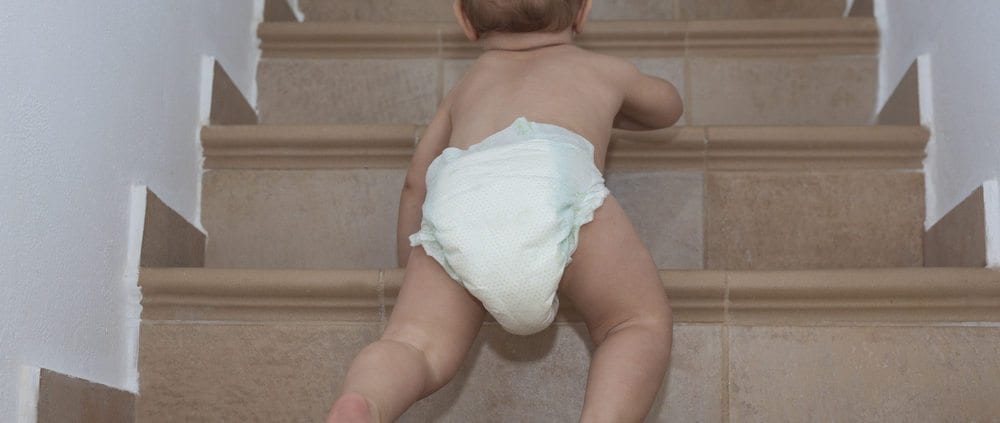Make Your Space a Safer Place – Babyproofing Tips
A baby’s development happens fast! It can be fascinating to watch your infant go from a dependent newborn to an adventurous toddler in the blink of an eye. So you don’t want to wait until your child is already crawling before you start babyproofing the house. Here are some ways that you can make your house safe for your child.
Eliminate Household Hazards
- Electrical outlets are a common way that babies can get shocked. They may try to put objects into them or stick their wet fingers in them. You should block off outlets with heavy furniture or close them with safety plugs or covers that snap close when the outlets are not in use.
- Electrical cords are another hazard because babies like to chew and pull on them. This can yank down heavy objects or lamps that may fall on them.
- Blind cords can strangle babies if they get tangled up in them while playing. Always make sure to tie them up and keep them out of your baby’s reach. If you want to be extra safe, go with cordless blinds. Also, avoid placing the crib near a window altogether.
- Flooring poses a tripping hazard if there are any loose tiles or unsecured rugs. Make sure to repair any floor damages to tile or linoleum, and secure rugs with nonskid rug backing.
- Furniture that is not sturdy or is not attached to the wall can fall over on toddlers who try to climb them. Repair any unstable furniture, or bolt pieces to the wall for extra insurance. Put heavier objects on lower shelves to make the furniture less top-heavy.
- Cabinets may contain everyday household items that are dangerous. For example, cleaning products that contain toxic chemicals are usually located in cabinets below the sink which are at child’s level. Make sure you move these items to a higher cabinet or purchase childproof safety latches for all of the cabinets in your home.
Avoid Accidents
- Garbage cans. Every day you throw leftover foods and waste into your garbage can. You may have noticed that, for some reason, babies are intrigued by it. To keep them out of the bacteria-ridden disposals, place garbage cans on a high countertop or inside a latched kitchen cabinet.
- Toxic tanks. The bathroom is another germ-infested place where a baby’s curiosity takes hold, as they like to open the toilet lid to take a peek inside. To prevent your baby from falling in head first or touching anything icky, you can either buy a toilet lock or keep bathroom doors closed at all times.
- Stairs. If your house has stairs, invest in safety gates with plastic meshwork or vertical slats that you can install at the top and bottom of the staircase. These will keep your baby from getting injured if they tumble down the stairs.
- Tables and tablecloths. To prevent your baby from getting hurt by the often sharp edges of coffee tables, end tables, and dressers, simply apply cushioned strips or padded guards to the edges of these low tables. It’s also a good idea to replace tablecloths with placemats because babies like to yank on the ends of tablecloths, which could send dishes, glasses, and cutlery flying off the table.
- Small appliances and objects. Make sure you place your infant’s high chair well out of reach of kitchen appliances (especially those that generate heat) and their cords. Unplug any appliances in the bathroom when you are not using them. Keep knickknacks high up where your baby can’t get to them. Small objects like these present major choking hazards.
Our Take on Babyproofing
At Carpe Diem Private Preschools we make safety a top priority. We believe in creating an environment that you feel is just as safe as your own home. That’s why our campus is equipped with state-of-the-art safety features. We know that babyproofing the classrooms in our preschool is equally as important as babyproofing the rooms in your house.





Leave a Reply
Want to join the discussion?Feel free to contribute!